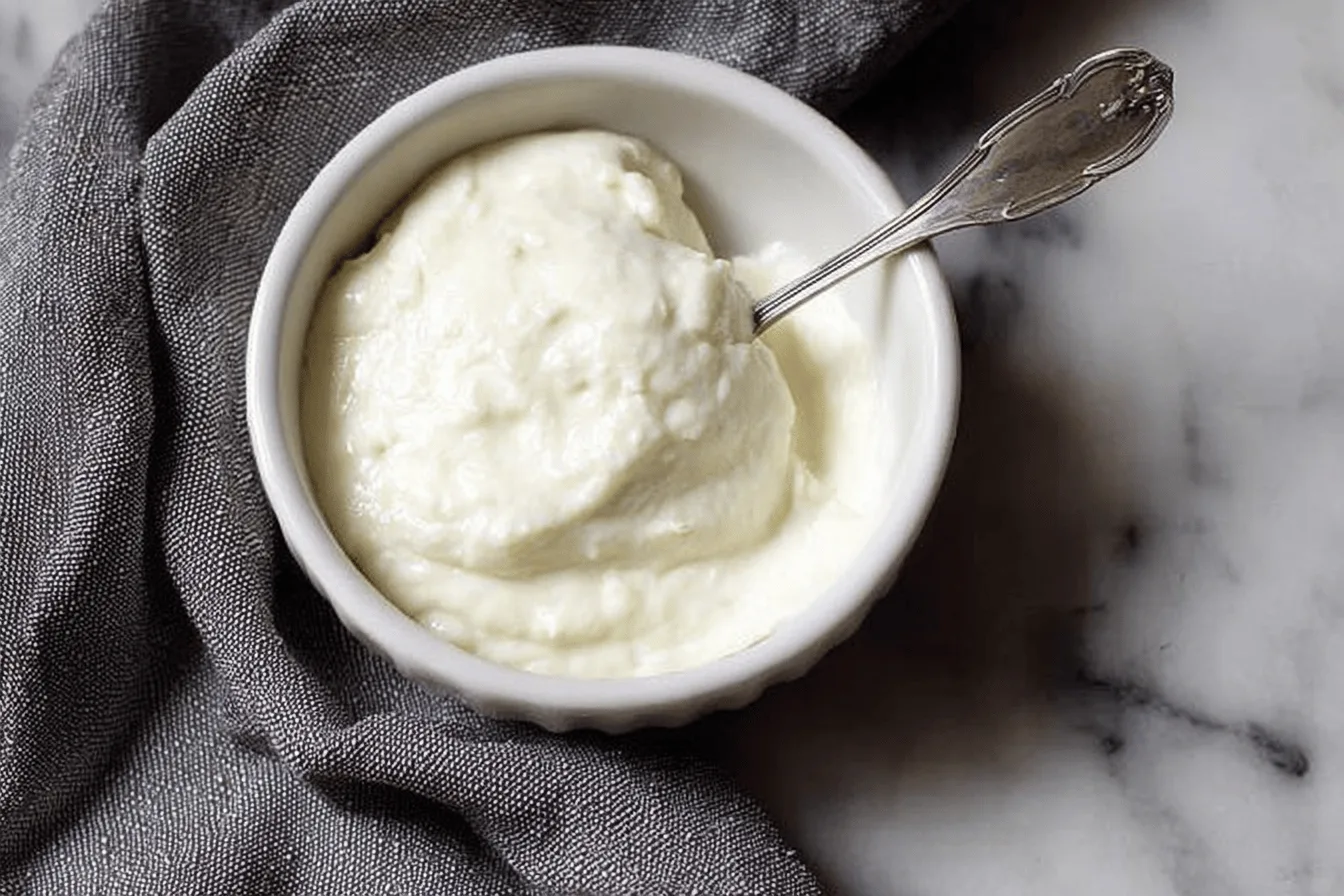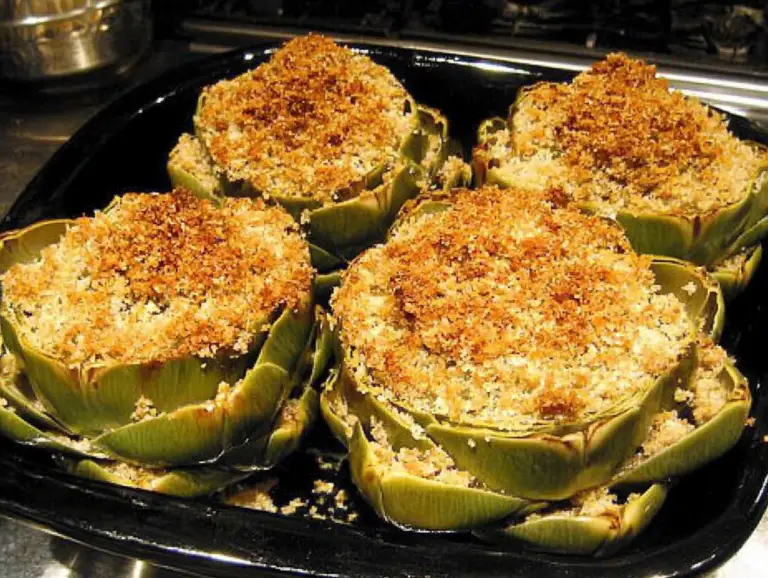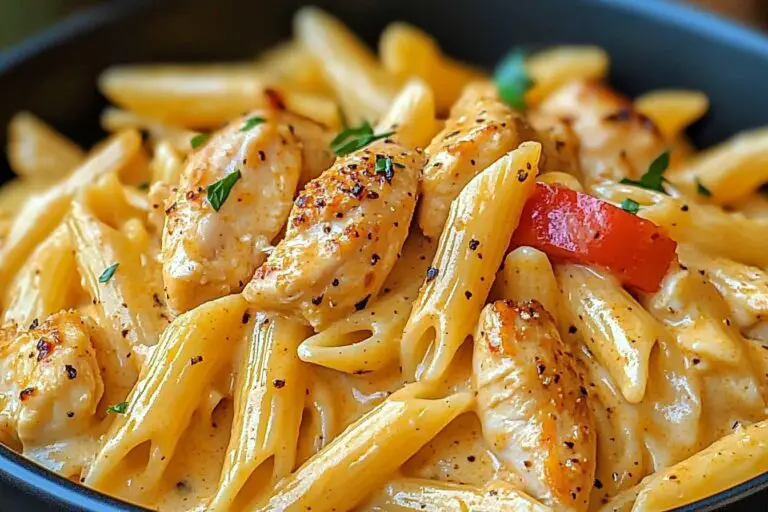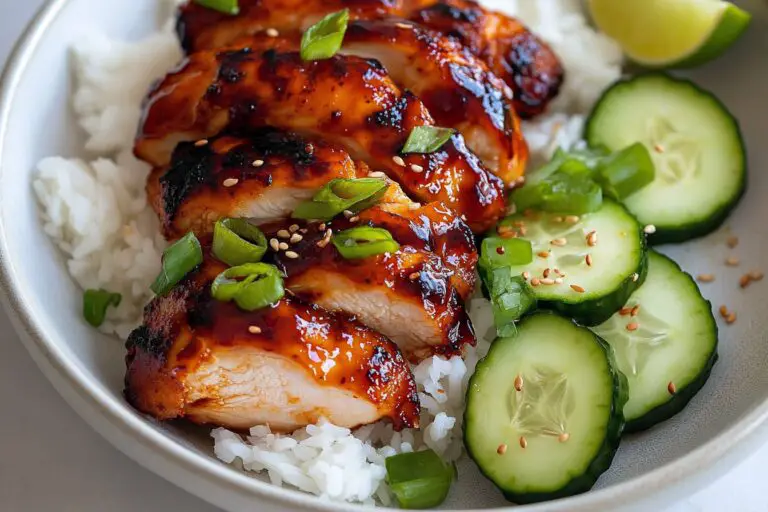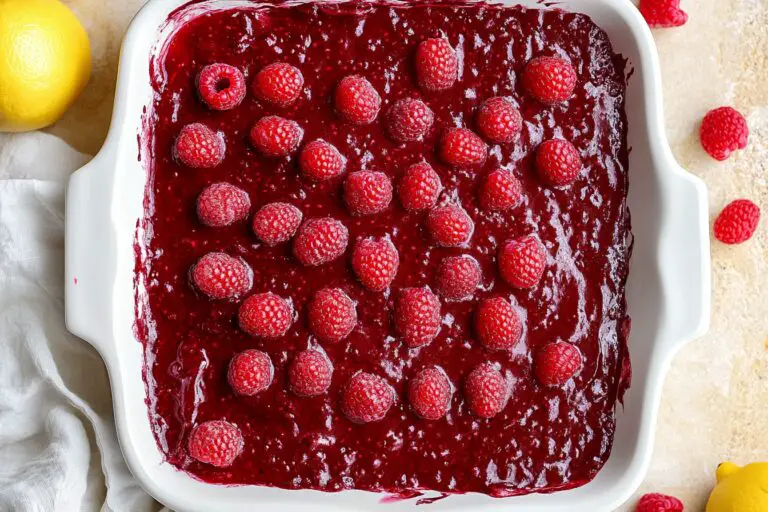Lebanese Garlic Sauce
Introduction
About the Recipe
Lebanese garlic sauce, also known as Toum, is a rich, creamy, and flavorful condiment that adds an instant burst of flavor to any dish. Popular in Middle Eastern cuisine, this sauce is staple for its intense garlic flavor that pairs beautifully with grilled meats, vegetables, and even spread on bread. This recipe from Feel Good Foodie provides an easy and authentic way to make this beloved sauce right in the comfort of your kitchen.
Detailed Ingredients with Measures
What You’ll Need
To make this traditional Lebanese garlic sauce, you’ll require these simple ingredients:
– Fresh garlic cloves (10-12 cloves)
– Salt (1 ½ teaspoons)
– Freshly squeezed lemon juice (½ cup)
– Neutral oil, such as sunflower or canola (2 cups)
– Ice water (1-2 tablespoons, optional for emulsification)
Prep Time
Quick and Easy Preparation
This recipe does not involve a long preparation process, but attention to detail is key. Starting with peeled garlic cloves and well-measured ingredients ensures a smoother, creamier texture for your garlic sauce.
Cook Time, Total Time, Yield
Time and Serving
This recipe doesn’t involve traditional “cooking” since it’s a no-cook sauce you blend together.
– Prep Time: 15 minutes
– Cook Time: 0 minutes
– Total Time: 15 minutes
Yield: This recipe typically yields about 1 ½ cups of garlic sauce, perfect to pair with multiple dishes or store for up to a week in the fridge.
Final Notes
Homemade Lebanese garlic sauce is a versatile addition to many meals and highlights the honor and tradition of Middle Eastern cuisine. Its rich, flavorful profile will quickly make it a household favorite. Enjoy experimenting with this recipe as you find creative ways to use it in your dishes!
Detailed Directions and Instructions
Step 1: Prepare the Garlic
Peel the garlic cloves carefully, removing any rough or hard parts from the base. For best results, ensure that the garlic cloves are all whole and fresh.
Step 2: Blend the Garlic
In a food processor, combine the peeled garlic cloves and salt. Blend together until the garlic is finely minced, scraping down the sides of the food processor if necessary.
Step 3: Add Lemon Juice
With the food processor still running, slowly add the fresh lemon juice in small increments. Blend until the mixture forms a smooth paste.
Step 4: Add Vegetable Oil Gradually
Begin adding the vegetable oil very slowly, one thin stream at a time, while the food processor is running. Continuously scrape the sides of the processor to ensure even mixing. Repeat this process until you’ve used all the oil.
Step 5: Adjust and Finalize the Texture
Continue blending the mixture until it thickens into a rich, creamy consistency. If the garlic sauce feels overly thick, a small amount of additional lemon juice or cold water can be added to achieve the desired texture.
Step 6: Taste and Adjust
Taste the garlic sauce and adjust the salt level if necessary, based on your personal preference.
Step 7: Chill and Serve
Transfer the prepared garlic sauce to an airtight container. Allow it to chill in the refrigerator for at least 30 minutes before serving.
Notes
Note 1: Garlic Selection
Use fresh and firm garlic cloves for the best flavor. Avoid garlic that appears dry, rubbery, or sprouting.
Note 2: Oil Choice
For best results, use a neutral vegetable oil such as canola or sunflower oil. Olive oil isn’t recommended as it can alter the sauce’s flavor and texture.
Note 3: Adding Oil Slowly
Adding the oil gradually is crucial for creating a creamy and emulsified garlic sauce. Rushing this step can cause the mixture to break.
Note 4: Avoid Overheating the Processor
Try not to overprocess the mixture as the heat from the food processor can affect the consistency.
Note 5: Storage
Store the garlic sauce in an airtight container in the refrigerator for up to one week. Ensure the container is tightly sealed to maintain freshness.
Note 6: Serving Suggestions
Lebanese garlic sauce pairs well with grilled meats, roasted vegetables, or as a spread for sandwiches and wraps. Adjust serving ideas to your personal preferences.
Cook Techniques
Use a Food Processor
Using a food processor ensures that the garlic and other ingredients are blended smoothly for optimal texture and flavor. This creates the creamy consistency characteristic of Lebanese garlic sauce.
Emulsification Process
To achieve the creamy texture, it’s essential to slowly add oil while the food processor is running. This creates an emulsion, combining the oil and liquid into a cohesive mixture.
Blending Garlic Properly
Start by processing the garlic and salt until you get a paste-like consistency. This step is critical to prevent chunks of garlic in the final sauce.
Add Oil Gradually
To ensure the sauce doesn’t separate, it’s important to pour in the oil a little at a time. The gradual incorporation of the oil helps to bind everything together.
Use Cold Ingredients
Cold water and lemon juice help to stabilize the emulsion and contribute to the fluffy texture of the sauce.
FAQ
Why is my garlic sauce not emulsifying?
If the garlic sauce is not emulsifying, it’s likely because the oil was added too quickly. Pour the oil in a slow, steady stream while the food processor is running to ensure proper emulsification.
Can I fix a broken sauce?
Yes, to fix a broken sauce, add an ice cube or a tablespoon of cold water while blending. This can help bring the emulsion back together.
How do I store Lebanese garlic sauce?
Store the sauce in an airtight container in the fridge for up to one month. Ensure the container is tightly sealed to maintain freshness.
Can I freeze the garlic sauce?
Yes, you can freeze garlic sauce in an airtight container for several months. Thaw it in the fridge before using and give it a stir to restore its original texture.
What kind of oil should I use?
Neutral oils like canola, sunflower, or grapeseed work best for this recipe as they won’t overpower the garlic flavor.
Can I use a blender instead of a food processor?
While a high-powered blender may work, a food processor provides the best results for achieving the creamy texture because of better control over blending.

Conclusion
This Lebanese garlic sauce, also known as toum, is a rich, creamy, and versatile condiment that enhances countless dishes with its bold flavor. Its simple combination of garlic, oil, lemon juice, and salt produces a fluffy texture and creates an unforgettable taste. Perfect for pairing with grilled meats, sandwiches, or roasted vegetables, this garlicky staple is a must-try for garlic lovers. With a little patience and the right technique, you can whip up this authentic sauce to impress your family and friends.
More recipes suggestions and combination
Chicken Shawarma
Pair the Lebanese garlic sauce with juicy, spiced chicken shawarma for a flavorful and authentic Middle Eastern experience. The creamy toum complements the spices beautifully.
Grilled Vegetables
Serve the garlic sauce alongside grilled vegetables for a delicious vegetarian option. The sauce enhances the smoky flavors of the veggies.
Fried Kebabs
Use the garlic sauce as a dipping option for fried kebabs or meat skewers. It adds a delightful creaminess to the fried texture.
Falafel Wrap
Spread a layer of Lebanese garlic sauce in a falafel wrap for a tangy, garlicky boost to your vegetarian meal.
French Fries
Enjoy the garlic sauce as a dip for crispy French fries. The bold, creamy flavors will elevate an ordinary snack to a whole new level.
Rotisserie Chicken
Combine toum with rotisserie chicken for a hearty and flavorful meal. The garlic sauce acts as the perfect companion to the tender, juicy meat.

